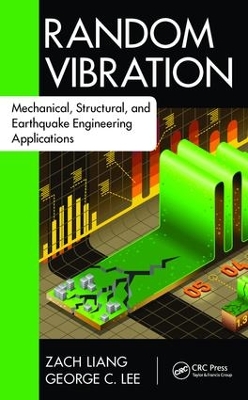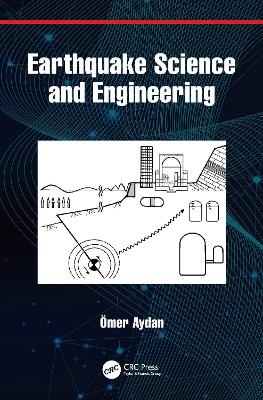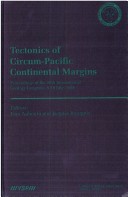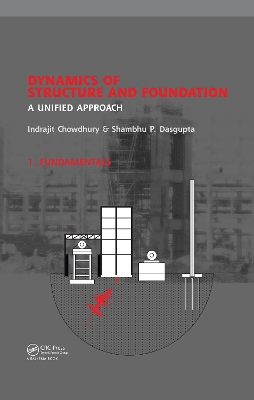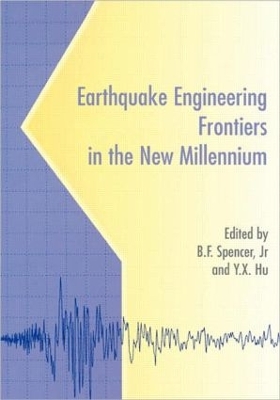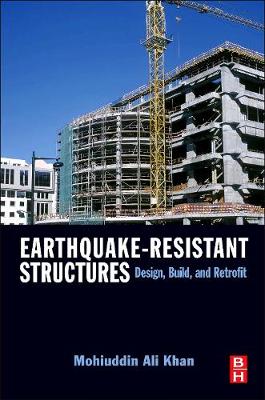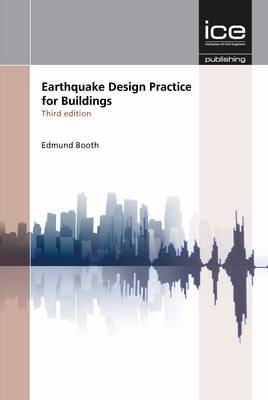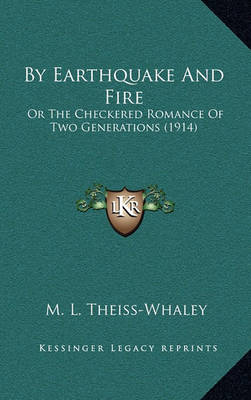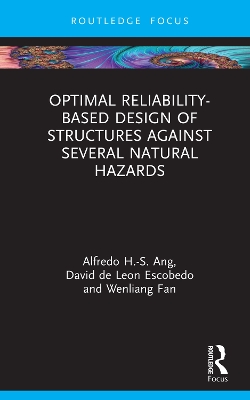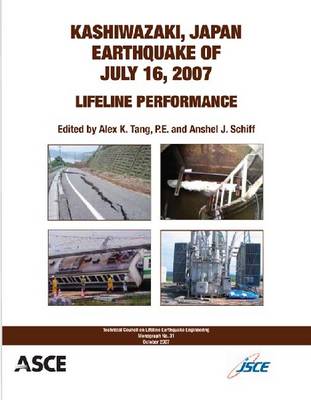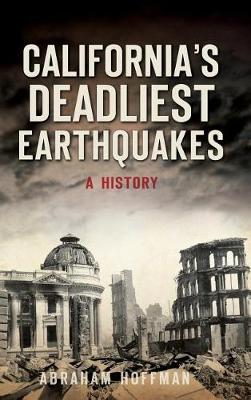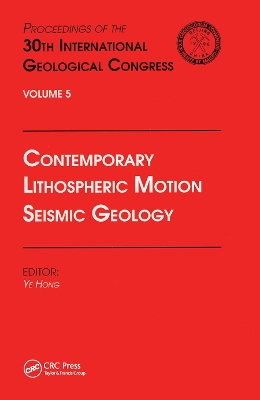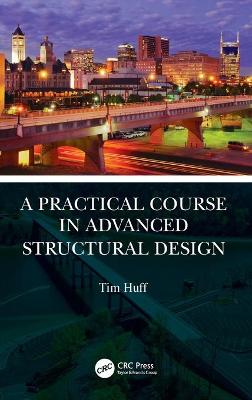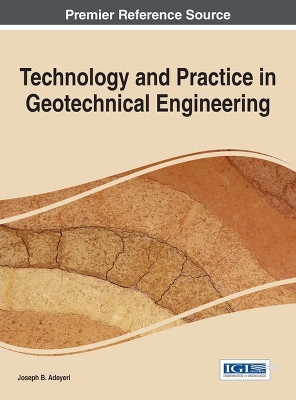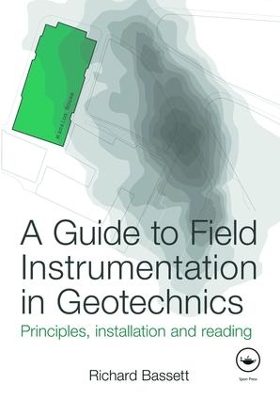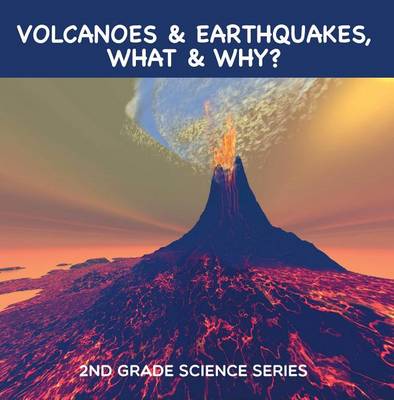Bridging the gap between wind and structural engineering, Wind Loading of Structures is essential reading for practising civil, structural and mechanical engineers, and graduate students of wind engineering, presenting the principles of wind engineering and providing guidance on the successful design of structures for wind loading by gales, hurricanes, typhoons, thunderstorm downdrafts and tornados.
Random Vibration (Advances in Earthquake Engineering)
by Zach Liang and George C. Lee
Focuses on the Basic Methodologies Needed to Handle Random ProcessesAfter determining that most textbooks on random vibrations are mathematically intensive and often too difficult for students to fully digest in a single course, the authors of Random Vibration: Mechanical, Structural, and Earthquake Engineering Applications decided to revise the cu
Earthquakes form one of the categories of natural disasters that sometimes result in huge loss of human life as well as destruction of (infra)structures, as experienced during recent great earthquakes. This book addresses scientific and engineering aspects of earthquakes, which are generally taught and published separately. This book intends to fill the gap between these two fields associated with earthquakes and help seismologists and earthquake engineers better communicate with and understand...
Tectonics of Circum-Pacific Continental Margins
Understanding the structure and nature of movements within the Earth's crust has become increasingly important as we try to understand the history of the Earth and try to use this knowledge as a key to events in the future. This is especially relevant to those everincreasing communities populating the edges of the Pacific Ocean. This collection of papers deals with the tectonic modelling and evolution in some of the most seismically active regions in the world. Structural and stratigraphical ana...
Dynamics of Structure and Foundation - A Unified Approach
by Indrajit Chowdhury and Shambhu P. Dasgupta
Designed to provide engineers with quick access to current and practical information on the dynamics of structure and foundation, this unique work, consisting of two separately available volumes, serves as a complete reference, especially for those involved with earthquake or dynamic analysis, or the design of machine foundations in the oil, gas, a
Earthquake Engineering Frontiers in the New Millennium
This volume comprises papers presented at the China-US Millennium Symposium on Earthquake Engineering, held in Beijing, China, on November 8-11, 2000. This conference provides a forum for advancing the field of earthquake engineering through multi-lateral cooperation.
Earthquake engineering is the ultimate challenge for structural engineers. Even if natural phenomena involve great uncertainties, structural engineers need to design buildings, bridges, and dams capable of resisting the destructive forces produced by them. These disasters have created a new awareness about the disaster preparedness and mitigation. Before a building, utility system, or transportation structure is built, engineers spend a great deal of time analyzing those structures to make sure...
Earthquake Design Practice for Buildings Third edition
by Edmund Dwight Booth
Earthquake Design Practice for Buildings, 3rd edition provides comprehensive, practical and easy to read advice for all engineers, designers and analysts of earthquake resistant structures. This new edition has been completely revised to account for the many developments that had taken place since the publication of the best-selling second edition. The third edition continues to provide comprehensive practical guidance and now covers: * Threats to human activity from earthquakes and strategie...
Surface Wave Methods for Near-Surface Site Characterization
by Sebastiano Foti, Carlo G. Lai, Glenn J. Rix, and Claudio Strobbia
Develop a Greater Understanding of How and Why Surface Wave Testing Works Using examples and case studies directly drawn from the authors' experience, Surface Wave Methods for Near-Surface Site Characterization addresses both the experimental and theoretical aspects of surface wave propagation in both forward and inverse modeling. This book accents the key facets associated with surface wave testing for near-surface site characterization. It clearly outlines the basic principles, the theoretica...
Optimal Reliability-Based Design of Structures Against Several Natural Hazards
by Alfredo H. S. Ang, David De Leon Escobedo, and Wenliang Fan
Is illustrative of new state-of-the-art probabilistic procedures to face the challenge of the optimal design of large structures under seismic hazard.Contains reliability-based procedures that includes a management of uncertainties which is easy to understand - Describes a systematic and scientific way to do a cost/benefit analysis which can be adapted to other cases of interest to the readersOffers a stimulating example of how to handle the economic consequences of the potential failure of a la...
Kashiwazaki, Japan, Earthquake of July 16, 2007
Sponsored by the Technical Council on Lifeline Earthquake Engineering of ASCE. On July 16, 2007, an earthquake struck Kashiwazaki, Japan, at 10:13 a.m. local time. The epicenter was located 60 km southwest of Honshu in Niigata Prefecture and registered a magnitude of 6.6. Moderate damage was observed in Kashiwazaki (population 96,000), located southwest of the earthquake, and smaller towns such as Kariwa and Nishiyama. Eleven people were killed and 1,339 injured. This TCLEE Monograph discusses...
Earthquake-Actuated Automatic Gas Shutoff Devices (Standards, ASCE 25-97)
Concrete Buildings in Seismic Regions
by George G Penelis and Gregory G Penelis
Bearing in mind that reinforced concrete is a key component in a majority of built environment structures, Concrete Buildings in Seismic Regions combines the scientific knowledge of earthquake engineering with a focus on the design of reinforced concrete buildings in seismic regions. This book addresses practical design issues, providing an integra
Chile Earthquake of 2010
by J G Soules, Robert E Bachman, and John F. Silva
Guidelines for Seismic Evaluation and Design of Petrochemical Facilities
Contemporary Lithospheric Motion Seismic Geology
This volume presents the results on contemporary geodynamic model, crustal stress field, active faults, folds and volcanoes. It discusses the tectonophysical environments of earthquake generation and the methodology of earthquake prediction.
A Practical Course in Advanced Structural Design is written from the perspective of a practicing engineer, one with over 35 years of experience, now working in the academic world, who wishes to pass on lessons learned over the course of a structural engineering career. The book covers essential topics that will enable beginning structural engineers to gain an advanced understanding prior to entering the workforce, as well as topics which may receive little or no attention in a typical undergradu...
Technology and Practice in Geotechnical Engineering (Advances in Civil and Industrial Engineering)
by Joseph Adeyeri
Knowledge surrounding the behavior of earth materials is important to a number of industries, including the mining and construction industries. Further research into the field of geotechnical engineering can assist in providing the tools necessary to analyze the condition and properties of the earth. Technology and Practice in Geotechnical Engineering brings together theory and practical application, thus offering a unified and thorough understanding of soil mechanics. Highlighting illustrative...
Geotechnical instrumentation is used for installation, monitoring and assessment on any sizeable project, particularly in urban areas, and is used for recording, controlled remedial work, and safety. This unique and up-to-date book deals with the conceptual philosophy behind the use of instruments, and then systematically covers their practical use
Volcanoes & Earthquakes, What & Why?: 2nd Grade Science Series (Children's Earthquake & Volcano Books)
by Baby Professor

